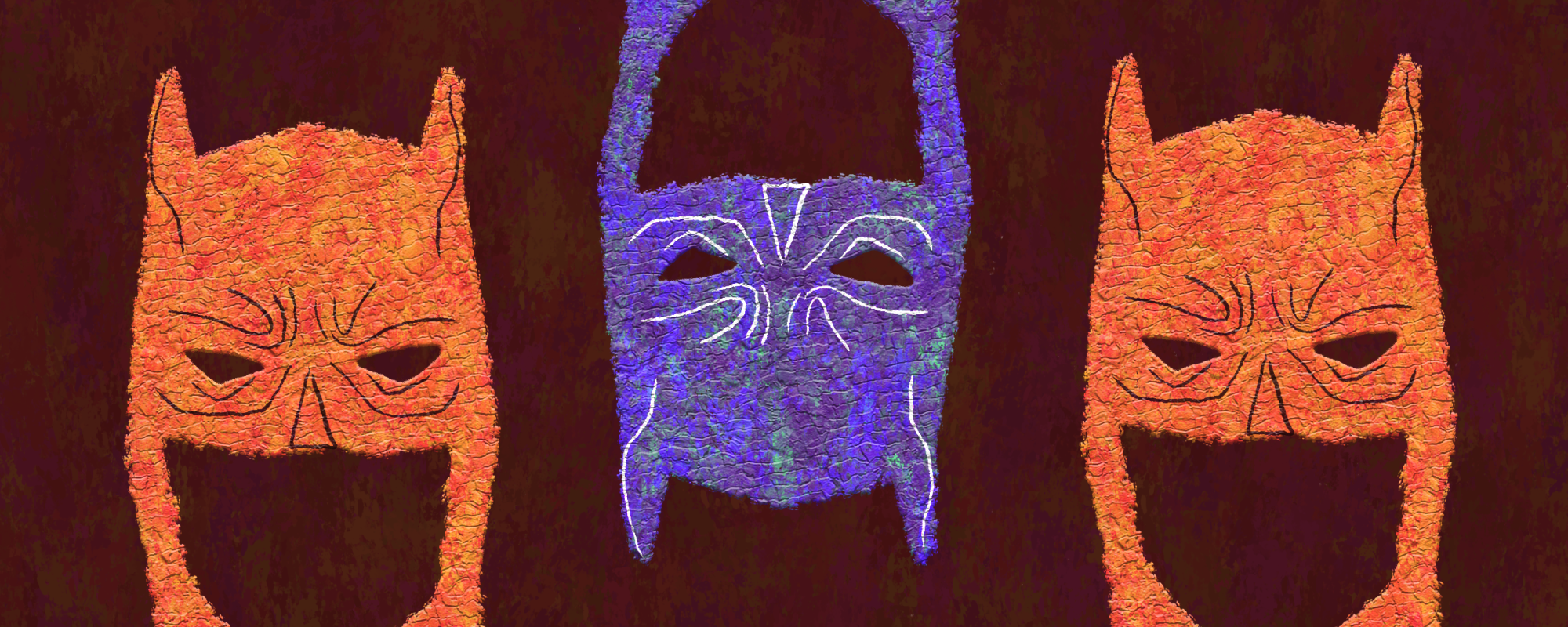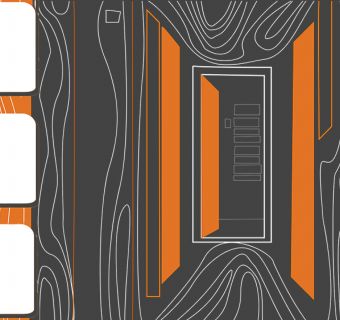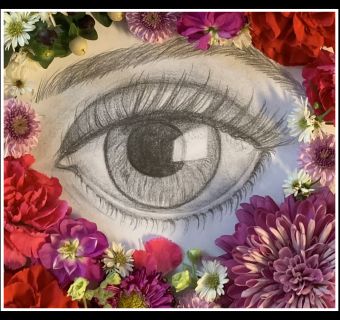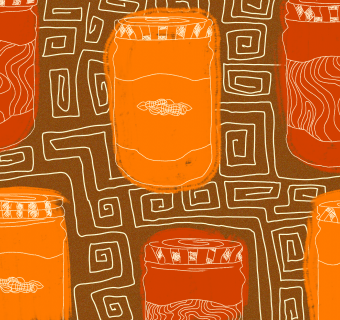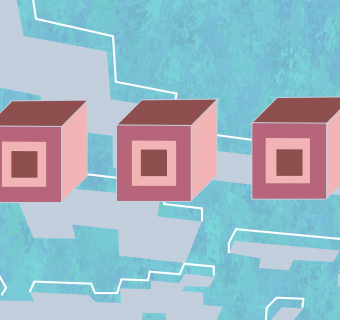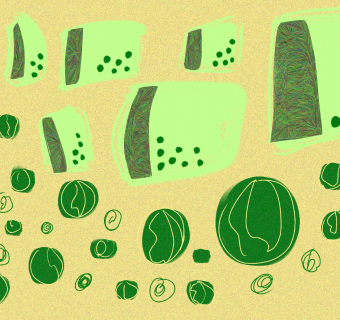The Problem So Far: Angsty, Loner Batman
Through 80 years of comics, animated straight-to-DVD films, TV shows, video games and more we’ve seen dozens of interpretations of the Dark Knight. He’s been dubbed the “World’s Greatest Detective” through books like Gotham by Gaslight, Hush, and The Long Halloween. Batman: the Animated Series portrayed a community caretaker who genuinely and desperately wants to save the people and the city he loves. Grant Morrison has even played with the idea of a scared kid stuck in a grown man’s body, punching out his repressed trauma. Given the wealth of psychoanalysis and character development built over nearly a century of source material, combined with bottomless fan engagement, why must the live action adaptations, from Tim Burton to Zack Snyder, always insist on developing the same “angsty loner Batman” archetype, with few variations?
Change is necessary to keep audiences engaged in your books, and the same goes for films. Since the release of Justice League (2019) in particular, public discussion around Batman and his live action potential has ebbed, as there really isn’t much more to say about Ben Affleck in the role that hasn’t already been said about one of the other Batmen. Expensive CGI action pieces can be great, but fail to land when their audiences can’t even bring themselves to care whether the protagonist lives or dies. Even after seeing the first few trailers for Robert Pattinson’s Batman, I can’t help but wonder why studios refuse time and time again to play to the character’s strengths.
Change is necessary to keep audiences engaged in your books, and the same goes for films.
What the Batman Films Have Been Repeatedly Choosing to Ignore
While the films may leave the impression Batman as a character exists solely as a brooding loner, I would argue you cannot properly discuss the full scope of Batman as a character without discussing his found family. Or at least if you do, you’re left with the most superficial, boring version of the character. It was less than a year after the initial introduction of the character before his sidekick Robin was brought in and the two were marked as the “dynamic duo.” Since then their identities and stories have been fundamentally intertwined. Fast forward to present day, with three former Robins taking on the identities of Nightwing, the Red Hood, and Red Robin, one currently active Robin, and a whole other cast of characters including Batgirl, Batwoman, Bluebird, and more. Dubbed the “Bat Family” these characters are integral to the reader's attachment to the universe. Don’t get me wrong, fascinating things have been done with the character of Bruce Wayne himself, but at the end of the day, he alone is the least interesting part of his own canon. Batman’s most influential moments center on his relationships with those around him.
In refusing to acknowledge this whole universe of characters and their emotional depth, even when the hard part of writing has been done for them, the films ignore the fundamental humanity within these characters and the legacies they carry.
The death of Jason Todd, the second Robin, left a permanent scar on the character that has resulted in trauma with long term effects rivaling the death of Bruce Wayne’s parents. When “Death in the Family” was originally published in 1988, the story didn’t stick in readers' minds just because of gory images of the Joker beating the teenager bloody with a crowbar, but because of the emotional core of the story. Losing a surrogate son in such a gruesome manner is one of the few events that lead the Batman to question his “one rule” against killing, not once but countless times and the Joker taunts the Batman with Jason’s death for years to come. The ripple effects throughout the DC canon are too widespread to even attempt listing, and we clearly see the guilt Batman still holds even now that Jason has returned as the Red Hood.This was the kind of darkness that paved the way for creatives like Christopher Nolan and Heath Ledger.
This is only one example out of dozens, but to see DC as a company choose over and over again to ignore or wash over these storylines in favor of two hours of emotionally hollow, poorly-lit punching is honestly more frustrating than anything. Even when we did get to see Robin and Batgirl appear in Batman Forever (1995) and Batman and Robin (1997), they were written with minimal depth and attention to personality. In refusing to acknowledge this whole universe of characters and their emotional depth, even when the hard part of writing has been done for them, the films ignore the fundamental humanity within these characters and the legacies they carry.
No Way Home and Community
Recently we’ve seen Spider Man: No Way Home (2019) exemplify how to write characters first and foremost in a comic book film. While tying together three universes should lead to a bloated narrative without enough space for each character, let alone a plot, the film succeeds entirely because of the ensemble cast. Out of three Peter Parkers, we see how each one reflects that era's cultural and cinematic tropes, and we see how their relationships shape the story’s world itself.
Toby Maguire’s Peter is reminiscent of a 90s/early 2000s teen comedy; shy, goofy, a science geek yet somehow always managing to woo the popular girl next door (in this case, Mary Jane) with his “nice guy” attitude. Meanwhile, Andrew Garfield’s Peter stays grounded in the silicon valley/computer science brand of nerds who struggle with social skills in spite of his socially recognized genius. Of course, Tom Holland’s Peter acts as a bridge, as his character is based on modern-day media cultures where “nerd” media like Star Wars and comic books have reached far into the mainstream, neutralizing both the egos of Silicon Valley-era nerds and the ostracism of 90s social outcast nerds.
Audiences need human connection now more than ever. The old punch-first-ask-later films aren't gonna cut it.
The plot is driven by character over anything else, meaning there’s always one or a few character relationships at their core that remain timeless in their relatability. For the Maguire films, this is the “will they/won’t they” relationship between Peter and Mary Jane, and his “friends to enemies” dynamic with his best friend Harry. Garfield’s Peter Parker’s decisions are all almost entirely driven by his desire to protect the love of his life, Gwen Stacy, and Holland has an entire network of characters he relies on for emotional and situational support, from Aunt May to MJ to Ned to Tony Stark himself. Audiences become invested in the plot through their feelings towards these characters and the community created in these universes. This investment creates a cathartic group experience in the theater when these communities are finally brought together onscreen, transforming a normal Thursday into a nationwide cultural event.
DC Needs to Realize What’s At Stake
If DC wants a cinematic event the likes of No Way Home or Endgame, they need to put the same time and effort into their characters and communities that studios like Marvel do. With little to no discourse or discussion around Robert Pattinson's Batman portrayal, it seems people have just given up and lost interest because there's nothing new to say that hasn’t been said about Affleck, Clooney, Keaton, or Bale. Regardless of the film’s quality, no hype means no box office sales, the same fate that befell Justice League.
Audiences need human connection now more than ever. The old punch first ask later films aren't gonna cut it. Give them characters with real relationships to one another, and a story with lasting consequences on those relationships and they will feel an emotional connection to the story that makes them want to talk about it. That's how you get a cinematic event. No Way Home mastered this formula. Audiences loved seeing the characters they already love just exist together. Giving the fans that time and attention turned what would be a gimmick into a love letter to all three Spider-Man franchises. If DC doesn’t get on at least a similar level with likable characters and in-universe community, not only will their films keep flopping at the box office, I’m worried people will just stop talking about these characters entirely. I’m worried the 80 years of history and character will just fade away.

